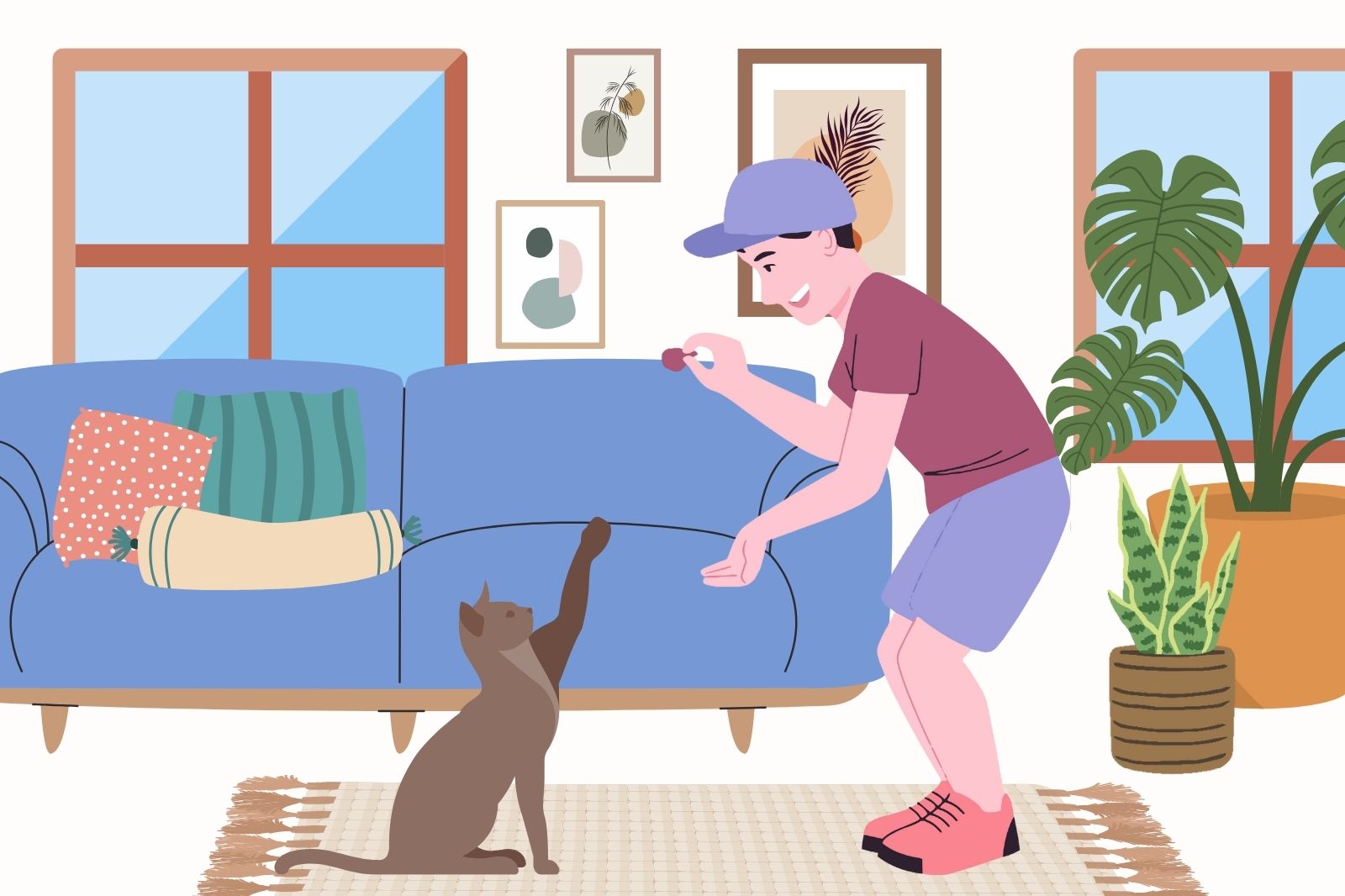Can You Train a Cat? Yes, and Here Is How

When it comes to animal training, cats often get a bad rap for being independent and untrainable. However, contrary to popular belief, cats are intelligent creatures capable of learning and responding to positive reinforcement. While training a cat may require patience and understanding of their unique behaviors, it is entirely possible and can lead to a stronger bond between you and your feline companion.
In this blog, we’ll debunk the myth that cats cannot be trained and provide you with practical tips and techniques to teach your cat new behaviors, tricks, and even address common behavioral issues.
Debunking Cat Training Myths
First things first — you have to believe that your cat can be trained! Before you get started, lets clear the air and debunk some common myths about cat training.
Understanding Cat Behavior: What Motivates Them?
Cats in training are primarily motivated by rewards that appeal to their natural instincts and preferences. Food rewards, especially if they’re small, flavorful, and exciting are particularly effective. Playtime with interactive toys that mimic hunting behaviors can also be highly motivating. Additionally, positive reinforcement through gentle encouragement and patience helps build a cat’s confidence and enthusiasm for learning. It’s crucial to remember that training sessions should be short and engaging to keep the cat’s interest and avoid overwhelming them.
3 Popular Strategies for Training a Cat
Conclusion
In conclusion, yes you can train a cat! Embrace the journey of training your feline friend using positive reinforcement, patience, and understanding of their unique behaviors. Whether you’re teaching basic commands or addressing behavioral issues, training your cat is a rewarding experience that fosters a harmonious and loving relationship. Remember to keep the training sessions fun and engaging, always focusing on positive reinforcement. With time and dedication, you’ll witness the incredible progress of your beloved cat.
Your Pet’s Best Interest, Always
At Pet Institute, we take pet care seriously. We're dedicated to transparency, impartiality, and the well-being of your pets in every article, review, and recommendation we provide. Our unwavering commitment to these principles ensures that you, our valued reader, always receive reliable and unbiased information. Let us be your trusted guide in the world of pet care and companionship.